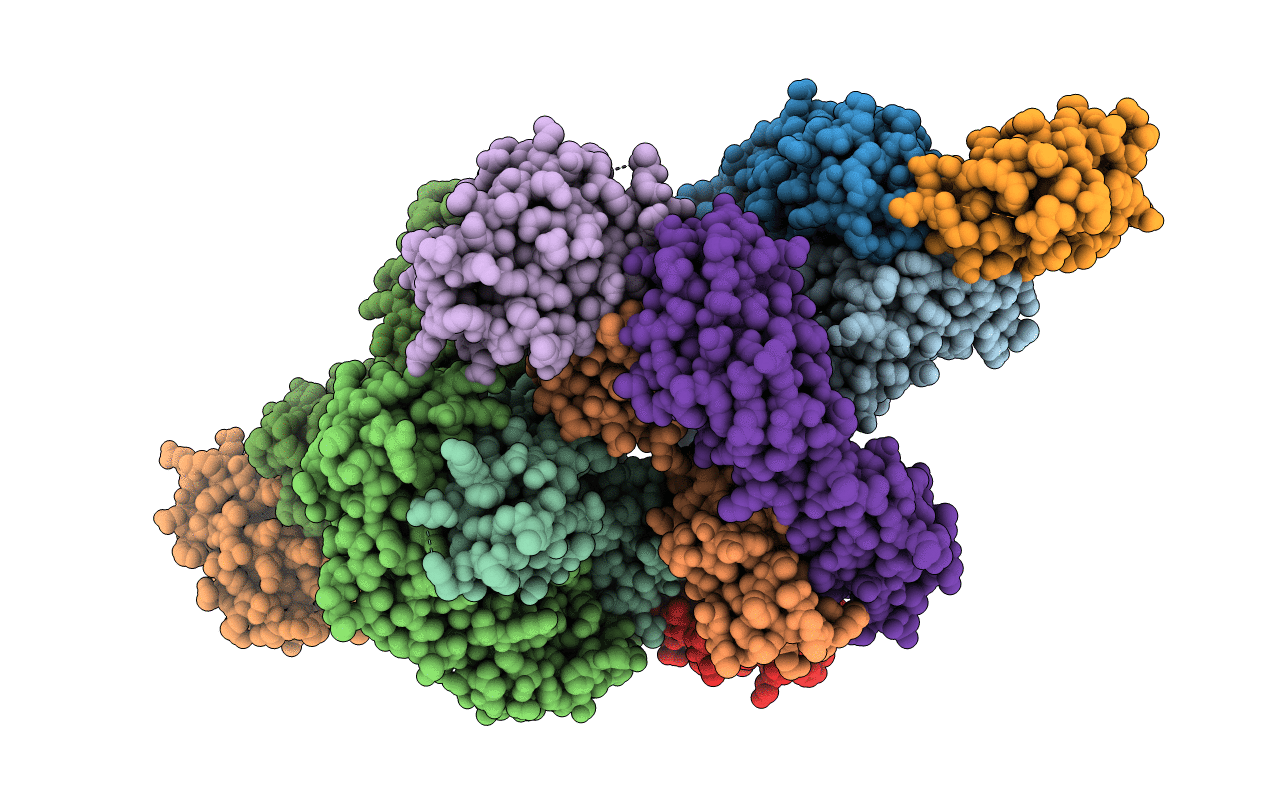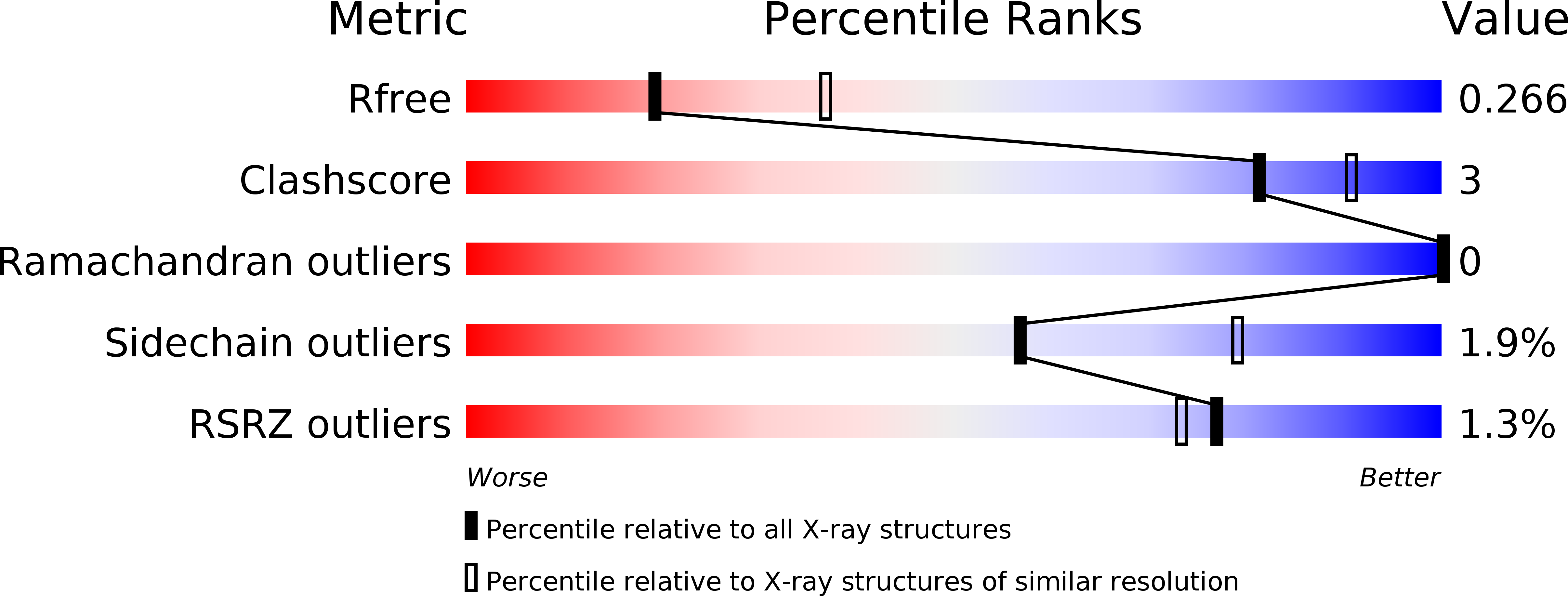
Deposition Date
2017-10-26
Release Date
2018-09-12
Last Version Date
2024-10-09
Entry Detail
PDB ID:
6BFQ
Keywords:
Title:
The mechanism of GM-CSF inhibition by human GM-CSF auto-antibodies
Biological Source:
Source Organism:
Homo sapiens (Taxon ID: 9606)
Host Organism:
Method Details:
Experimental Method:
Resolution:
2.60 Å
R-Value Free:
0.26
R-Value Work:
0.23
R-Value Observed:
0.23
Space Group:
P 1


